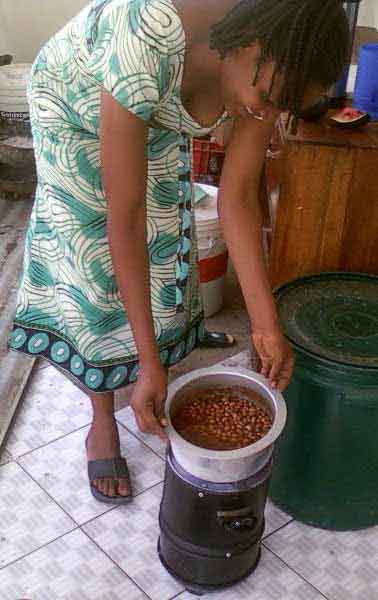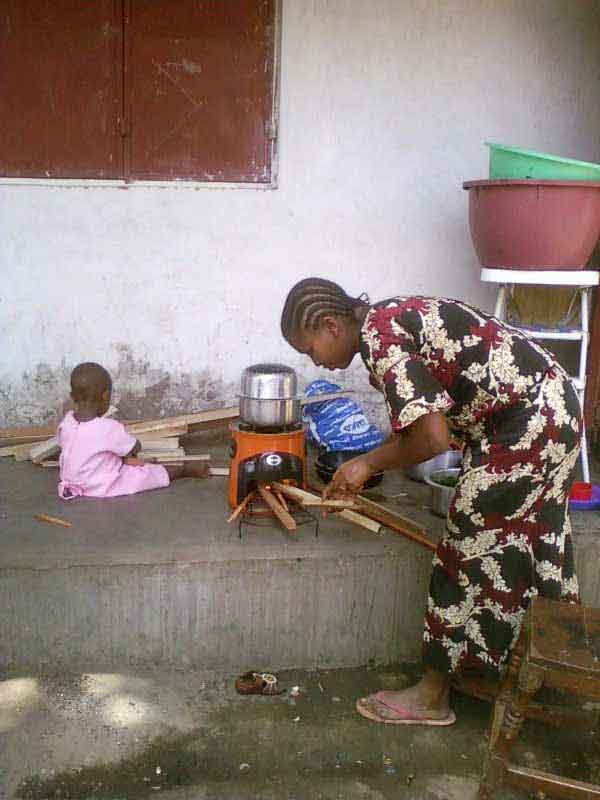Improved life quality with clean cookstoves
Over three quarters of all households in Tanzania cook by the simplest means – with three stones on an open fire or on substandard stoves which are dangerous into the bargain. Time and again, small children injure themselves by stumbling into the fire. And illnesses caused by the smoke in the houses are a perpetual, serious health threat, causing 18,900 deaths a year. The current deforestation is already threatening Tanzania’s natural ecosystems: more wood is being cut down than can grow back. Clean, efficient cooking stoves are a simple solution to these problems. They consume 60 percent less fuel, produce markedly less smoke and halve the number of cases of pneumonia. The families save a great deal of time that they would otherwise spend looking for firewood. They thus conserve the forest and avoid producing unnecessary CO2 emissions.

According to a statistic from the World Health Organization (WHO, 2024) around a third of the global population still relies on unsafe and environmentally harmful cooking methods. This includes, for example, cooking over open fires or using polluting cooking fuels, such as coal or kerosene. Improved cookstoves tackle this problem by using thermal energy more efficiently.
Depending on the model, an improved cookstove can reduce fuel consumption by up to 70 percent, which significantly saves CO2 emissions and can lower the pressure on local forests as less firewood needs to be harvested.
Improved cookstove projects allow the distribution of the - often simple - devices made from metal or clay to households, small enterprises or community facilities. Especially for households, this has an impact beyond the CO2 reduction: better indoor air quality decreases respiratory diseases and families can save time and money as less fuel is needed. Improved cookstoves projects in the ClimatePartner portfolio are registered with international standards.
Explore our projects
Biochar for Climate Action, Healthy Soils, and Better Harvests

A certified climate project combined with additional commitment

Expansion of renewable energy generation in Asia

Ceramic water filters save CO2 and improve health

Improved cookstoves worldwide – for better health and cleaner air

A certified climate project combined with additional commitment

Powering access to renewable energy in Africa

A certified climate project combined with additional commitment

Restored ecosystems remove carbon

Turning degraded farmlands into healthy ecosystems

Improved cookstoves - better for health and the environment












